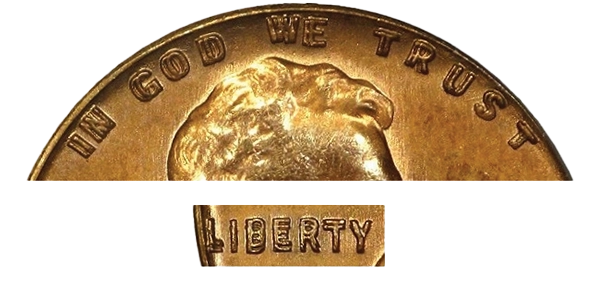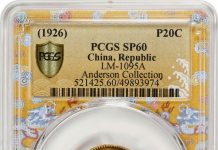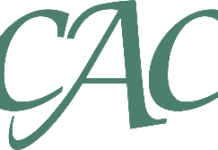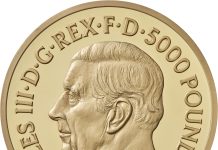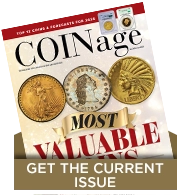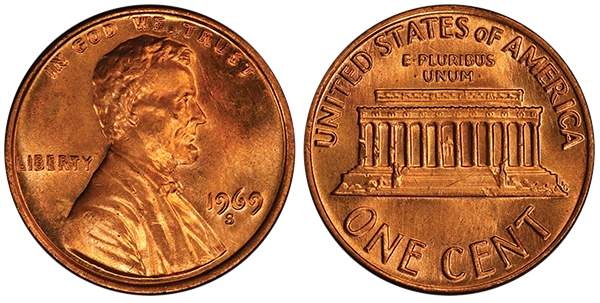
Guide to Profits From Coin Design Variations
One of the many great things about coin collecting is the multitude of avenues one can take on their numismatic journey. Ancient coins, world coins, moderns, U.S. type—and the list goes on and on. But there is one corner of the numismatic sphere that has long been popular for its diverse array of opportunities and sheer novelty: varieties.
By definition, a variety refers to a variation in a coin’s design that may or may not be intentional but is repeated on multiple specimens. That is quite unlike errors, which are generally one-off oddities that occur due to a mishap with the preparation or striking of individual planchets in the coining process.

Varieties are different from errors in both technical occurrence and official nomenclature. Errors are the numismatic umbrella under which off-center strikes, broadstrikes and wrong-metal strikes are categorized. Varieties describe things such as repunched mint marks, doubled dies or minor changes to design features such as feathers on a heraldic eagle, the shape of numerals in the date or the use of a different lettering font in an inscription.
By definition, a variety refers to a variation in a coin’s design that may or may not be intentional but is repeated on multiple specimens.”
Something that makes modern varieties especially important to collectors is that while they can be collected on their own merits by hobbyists who focus on this specific type of unusual coinage, they are also sought after by series enthusiasts.
This latter group may specialize in a contemporary coin, such as Lincoln cents or Washington quarters, and believe that only by owning every recognized variety for their respective series can they truly achieve having a “complete” set of that coin type. This is one reason why major doubled dies are particularly expensive: Many are not just visually stunning, they are also among the most coveted varieties that series enthusiasts seek in building their sets.
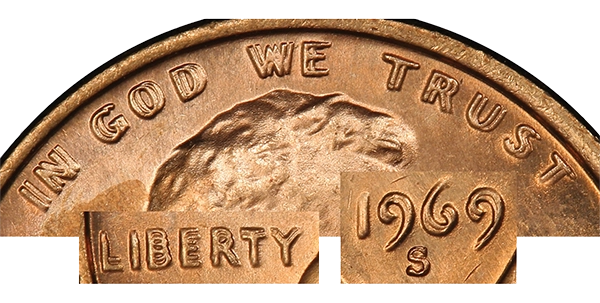
Varieties Put a New Twist on Modern Coins
Varieties can turn building virtually any series set into a challenge, even for the most financially well-heeled and numismatically dedicated of collectors. This is certainly the case for Lincoln cents.
Surely, the 1955 obverse doubled-die Lincoln cent is on the list of expensive hurdles as are the 1972, 1983, 1984, and 1995 doubled dies. Yet, one of the most desirable of all Lincoln cents is the 1969-S doubled die, a rarity involving the doubling of the date, motto “IN GOD WE TRUST” and legend “LIBERTY.” The “S” mint mark is not doubled on this piece because it was hand-punched onto the working die after the hubbing process, which is where the doubling occurred. And while this unusual 1969-S cent has been reported among some very lucky circulation finds, a less fortunate collector will have to fork over $20,000 or more to obtain their own example in an auction.
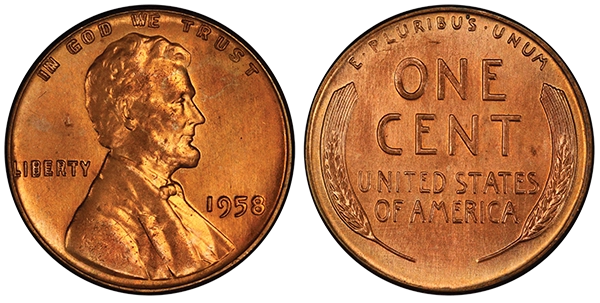
The first Lincoln cent to garner over $1 million in a public auction is none other than the 1958 obverse doubled die, of which just three are known. A Mint State-65 example encapsulated by Professional Coin Grading Service (PCGS) sold for $1,136,250 with the buyer’s premium in a January 2023 GreatCollections offering.
The 1958 doubled-die Lincoln cent may be one of the most valuable modern U.S. coins, but it’s not the only headlining rarity of relatively recent vintage. Consider the 1975 no-S proof Roosevelt dime. It occurred when the “S” mint mark was left absent from an obverse proof die and the only two known specimens were ever discovered. The first public offering of a 1975 no-S Roosevelt dime came in 2011, notching an astounding $349,600. The value of this extreme rarity was only further underscored in 2019, when the same specimen, grading Proof-68 by PCGS, hammered for a phenomenal $456,000—nearly a half million dollars!
Cherrypickers’ Guide to Rare Die Varieties of United States Coins, a two-volume work coauthored by variety authorities Bill Fivaz and J.T. Stanton, is a widely regarded Whitman Publishing offering now in its sixth edition.”
Varieties Offer Something for Everyone
While most of the varieties mentioned to this point are better suited for collectors of ample financial means, most varieties are affordable for collectors on practically all budgets.
Collectors of Jefferson nickels will find the quirky 1954-S/D and 1955-D/S overmintmarks affordable at less than $40 apiece in lightly circulated grades.
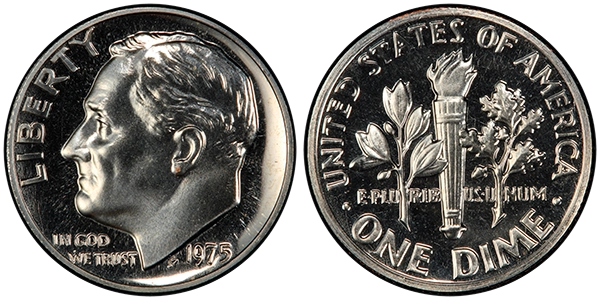
Washington quarters treat their followers to an entire menagerie of varieties, including the 1999-P Delaware “Spitting Horse” quarter (with a die crack emanating from the mouth of Caesar Rodney’s horse down to the rim) and 2005-P Kansas “IN GOD WE RUST” quarter, with a filled die obliterating the first “T” of “TRUST” in the national motto. Both can be obtained for less than $20 each.
Among the most valuable of the modern Washington quarter varieties are the 2004-D Wisconsin “Extra Leaf” varieties, one of which features a reverse die anomaly that resembles an “extra leaf” springing up “high” along the lower left side of the corn stalk and another with an “extra leaf” arching low from the lower left side of the corn stalk leftward to the upper-middle edge of the cheese wheel. They sell for between $150 and $200 apiece.
Kennedy half dollars offer a bevy of curiosities for the collector, with various “No FG” varieties absent the initials of reverse designer Frank Gasparro. These varieties show no “FG” between the tailfeathers and leg on the viewer’s right side of the heraldic eagle and many of these varieties can be obtained for between $10 and $25 apiece. A major doubled die also exists for the Kennedy half dollar’s 1974-D issue. Showing prominent doubling in the motto “IN GOD WE TRUST,” the 1974-D doubled-die obverse half dollar retails for about $35 and up.
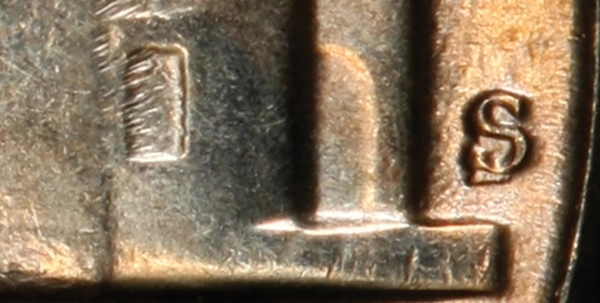
Varieties Enhance Collectible Appeal of Modern Dollars
Eisenhower dollar collectors vie for three known reverse varieties among the 1972 emissions from the Philadelphia Mint, each distinguished by different geographical arrangements within the outlines of the countries seen on the planet Earth, just above the head of the flying eagle. The different 1972 Ike dollar varieties fetch anywhere from $50 to $100 or more apiece, depending on grade.
Varieties are different from errors in both technical occurrence and official nomenclature. Errors are the numismatic umbrella under which off-center strikes, broadstrikes and wrong-metal strikes are categorized.”
The short-lived Susan B. Anthony dollar yields a surprising multitude of varieties, including the 1979-P Wide Rim, which sells for around $25 in Mint State-65. Modifications in the shape and clarity of the proof “S” mint mark in the late 1970s and early 1980s led to subsequent varieties for the Susan B. Anthony dollar, which boasts the relatively scarce 1979-S Type II and 1981-S Type II proofs. The 1979-S Type II proof dollar goes for less than $50 in Proof-67 Deep Cameo, though the 1981-S Type II is decidedly scarcer and takes closer to $100 in Proof-67 Deep Cameo.
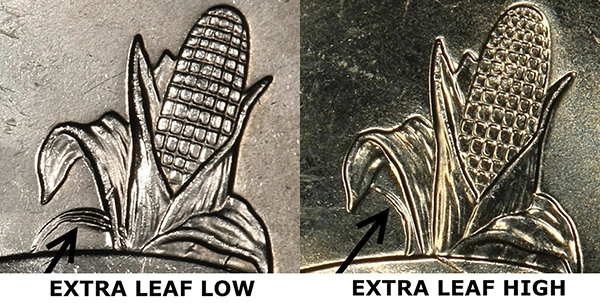
Even collectors of the American Eagle bullion coins have a few notable varieties to search for. One of these is the 2008-W Reverse of 2007 burnished American Silver Eagle. It’s distinguished by the lack of serif or tail on the lower right side of the “U” in “UNITED” and the occurrence of a wavy dash, known as a tilde, between the words “SILVER” and “ONE.” It sells for $500 and up.
Searching for Varieties a Worthwhile Pursuit
There’s no doubt that varieties have helped raise the numismatic prominence of many modern series in the eyes of collectors, including the most seasoned of these. Yet even some pricier varieties are sometimes unknown to many, including some coin dealers. This means that variety-astute collectors can gain the advantage by looking for these coins in circulation—they can even snag some from coin dealers who may not have recognized these varieties when listing their coins for sale.
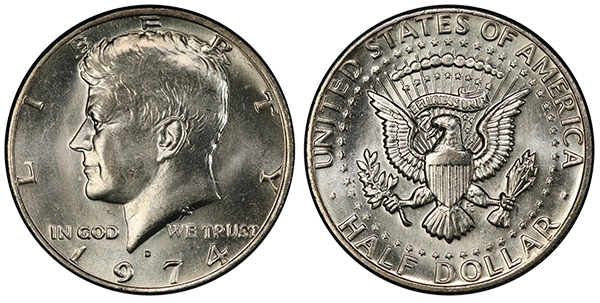
There are several books available that help acquaint collectors with these unusual and oft-valuable coins. Cherrypickers’ Guide to Rare Die Varieties of United States Coins, a two-volume work coauthored by variety authorities Bill Fivaz and J.T. Stanton, is a widely regarded Whitman Publishing offering now in its sixth edition.
Another terrific book that helps collectors identify varieties that may be comingling with ordinary coins in circulation is Strike it Rich With Pocket Change, a Penguin Random House title by acclaimed variety experts Ken Potter and Dr. Brian Allen. Aficionados of the Lincoln cent—a series teeming with varietal oddities—have a comprehensive tome focusing exclusively on minor and major varieties with Looking Through Lincoln Cents, Chronology of a Series, a Zyrus Press release by copper connoisseur Charles D. Daughtrey.
Varieties can turn building virtually any series set into a challenge, even for the most financially well-heeled and numismatically dedicated of collectors. This is certainly the case for Lincoln cents.”
The popularity of these books, not to mention the many online articles dedicated to this exciting area of numismatics, goes to prove at least one thing: Modern varieties really are the spice of numismatic life!

Courtesy Professional Coin Grading Service
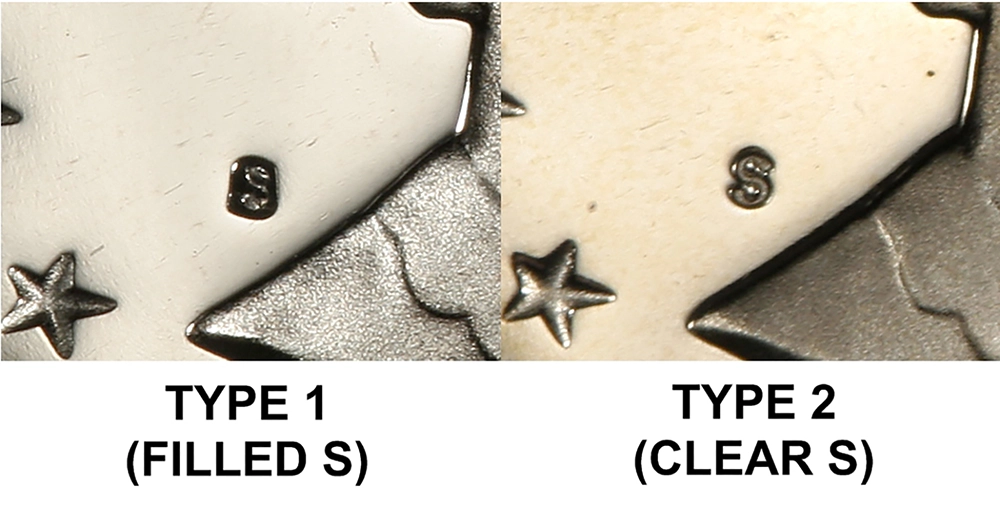
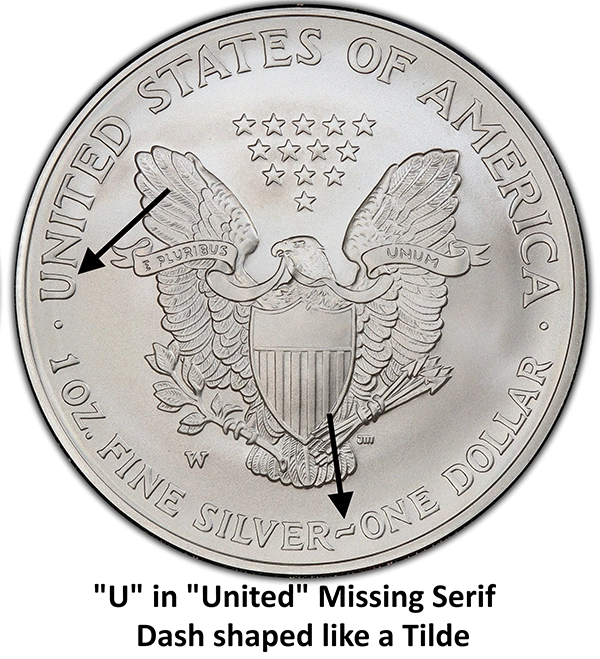
Courtesy Professional Coin Grading Service
Ken Potter’s Top 10 Varieties to Search for in Circulation
“Are you interested in finding a coin worth $10,000, $50,000, or even $100,000 for the price of a Coke?” asks Ken Potter, coauthor of Strike it Rich With Pocket Change. “Rare coins worth less and more are out there just waiting for somebody to land them!”
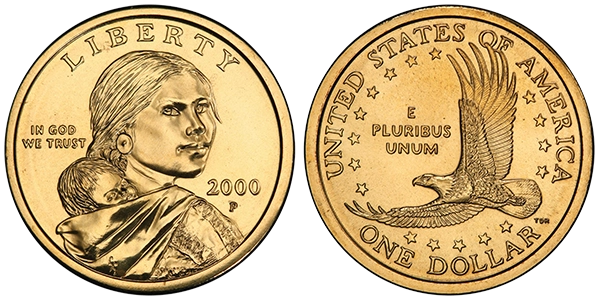
Courtesy Professional Coin Grading Service TrueView
Here are 10 of Potter’s favorite varieties to look for in circulation:
- 1969-S Lincoln cent with doubled-die obverse (many have ejection doubling, easily confused as the doubled die) – $20,000+
Many more varieties as well as errors of significant value are listed in Strike It Rich With Pocket Change, 5th Edition. The book is available via many booksellers and on Amazon.com. Potter also offers a special autographed edition available for $27, postpaid. Contact the author at kpotter256@aol.com for more information.
- 1970-S large-date Lincoln cent with doubled-die obverse – $750+
- 1992 (-P) Lincoln cent with close “AM” of “AMERICA” reverse (bases of letters “A” and “M” almost touch) – $2,200+
- 1992-D Lincoln cent with close “AM” reverse (same general reverse diagnostics as Philadelphia strike listed above but with “D” mint mark from the Denver Mint) – $1,700+
- 1999 (-P) Lincoln cent with wide “AM” reverse (“M” is centered between “A” and “E” of “AMERICA”) – $75+
- 2009-D District of Columbia Washington quarter doubled-die reverse (very strong doubling of “ELL” of Duke
Ellington’s last name and some doubling of the piano keys and panel below) – $75+
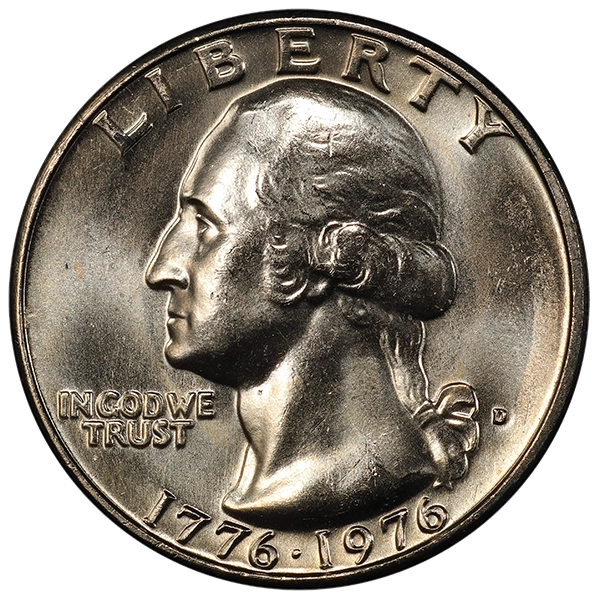
This 1976-D Bicentennial quarter exhibits substantial doubling in “LIBERTY” and more subtle doubling in “IN GOD WE TRUST.” Courtesy Professional Coin Grading Service
- 1971 (-P) Washington quarter with doubled-die reverse – $250+
- 1976-D Washington quarter with doubled-die obverse – $250+
- 2000-P Sacagawea dollar “Wounded Eagle” die gouges – $250+
- 2000-P Sacagawea dollar with enhanced feather detail (promotion distributed in Cheerios cereal boxes) – $2,500

